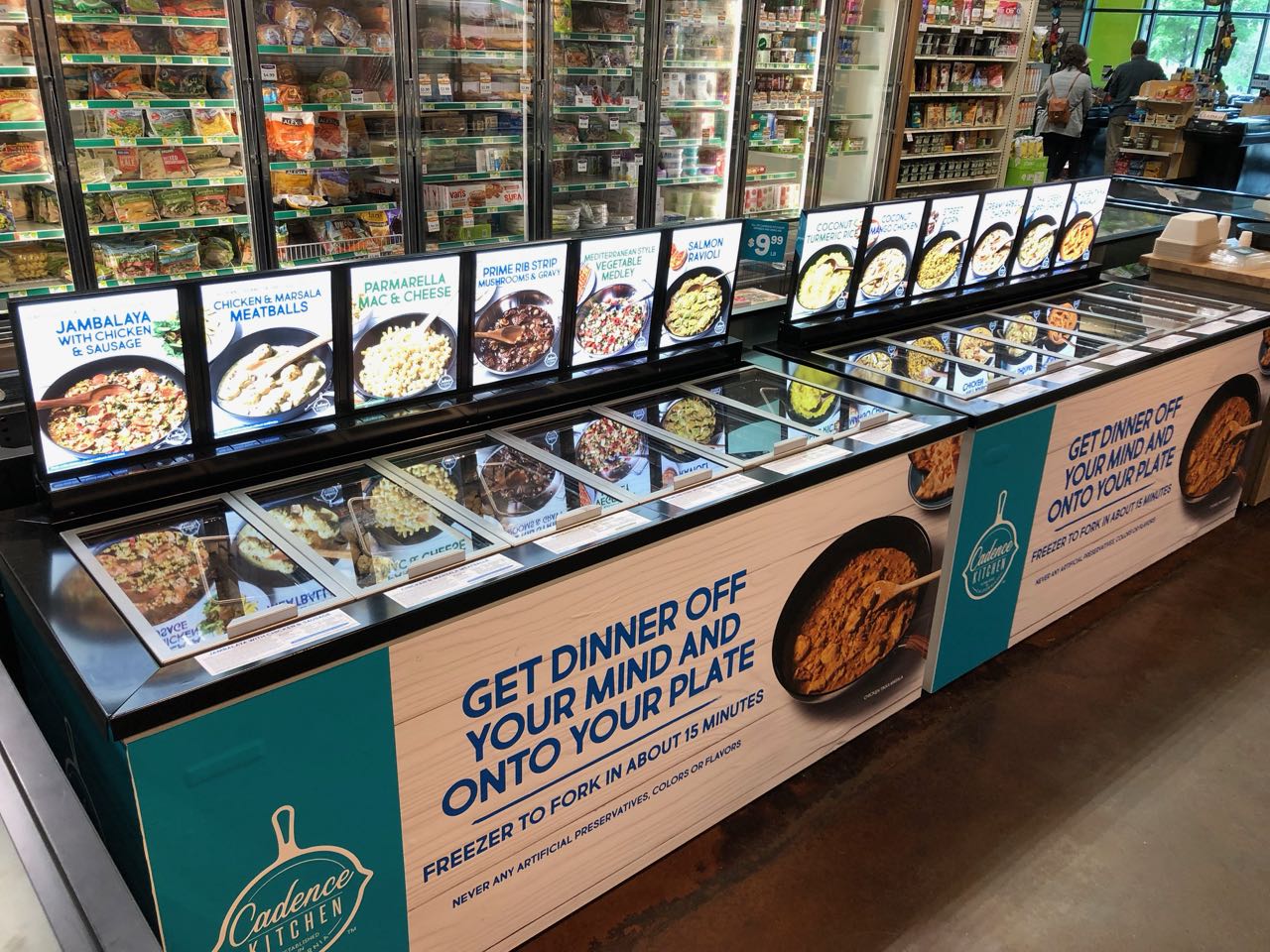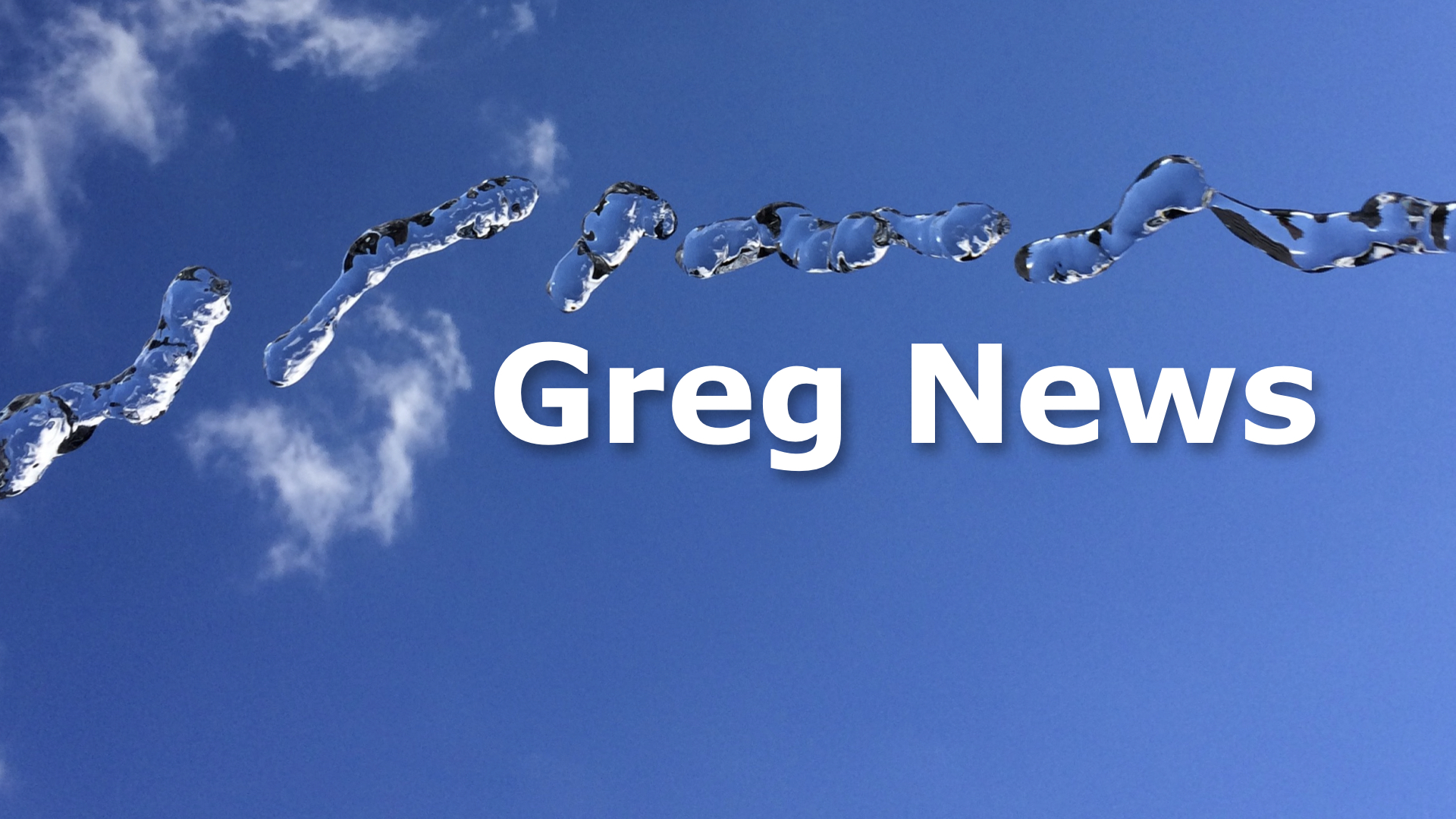GREETINGS!
I hope you’re doing well. Thanks for taking a moment to read this month’s update. To signup to receive monthly notifications from me, please click here.
APPLE CARD
It’s likely you’ve not heard about Apple’s new credit card yet. It’s not had as much publicity as their computers, and the card itself isn’t yet fully available to the public. Apple began sending out a limited number of early invitations for the card on August 6 and I received an invitation on August 8. I presume these invitations will continue to trickle out over the next two weeks until the official launch.
I wrote an article about the Apple Card and some problems people were having during this soft launch. The article has had a relatively small number of readers — about 160 people mostly from the U.S. who have specifically searched on an error message to find my article which was published quietly. Nobody else will likely see the article unless they search on that error.
I believe there are multiple problems with the Apple Card launch process which make it a very valuable learning experience for anyone considering launching a new product or service.
If you’d like an inside look at the product launch process and some of the issues encountered feel free to read the article. [More…]
TRANSPORTATION
In my newsletter last month, I shared about my upgrade in transportation. I’ve been riding an electric bicycle much of the time that gets the equivalent of about 1,300 miles per gallon equivalent. In other words, for what you might spend on a gallon of gas, for the same amount of money in electricity, I can go about 1,300 miles. When I’m not on the bicycle, I’ve been driving a Subaru Ascent with semi-autonomous driving. That’s really been helping reduce driving fatigue for all the consulting related traveling I’m doing. The combination of the two modes of transportation has been a great improvement.
WASTE AUDIT
While at the University of Iowa, I was on the Green Team for the departments I worked with. In case you’ve not heard the term before, a Green Team is a group focused on sustainability efforts for an organization or business unit.
During that time we conducted a waste audit which involves going through entire dumpsters of garbage and separated the waste into categories. Then an assessment was made regarding how much of the waste being sent to landfill could have been recycled or composted. From the audit we could measure how much we were recycling of our total waste stream.
This month I decided to start my own in-home waste audit which focuses on actionable data to reduce our contribution to landfill. We already recycle all our glass, paper, plastic, cardboard, and metal, and we live in a partially solar powered complex. But I’d like to do more. To get a baseline to measure progress, I’m using a simple luggage scale to monitor how many pounds of garbage we dispose of that goes to landfill. The strap from the luggage scale can quickly measure the kitchen trash bag as I lift it. I enter that data into a spreadsheet along with the weight and volume of materials we’re recycling, and the weight of compost. This way, I can calculate how many pounds of garbage we produce in a month, and begin to measure success at reducing that. It’s a very quick and easy collection of valuable data that just takes a second when you’re taking out the trash.
A simple set of goals might be to increase our recyclable materials and biodegradable food compost. Right? Well, actually, no.
I’d like to see us reduce our recycling and compost.
Compost is a great thing. It’s better than putting food in landfills. But not having food waste is even better. I try to prepare meals with the goal of reducing food waste.
From my perspective having an increase in recyclable materials simply reflects that we’re not shopping in the bulk isle at the grocery store with reusable containers. We’re buying products packaged in containers that, even if they can be recycled, are very costly to repurpose. So, I want to slowly phase-in reusable containers and bulk items. Today I noticed that our natural food store (the New Pioneer Co-op) has a bulk foods frozen section. This makes it possible to buy frozen foods in reusable containers. In the photo below you can see that these bulk frozen items are pre-made meals which even further reduces container and packaging waste.

WELLNESS
I’ve been sticking to a low-carb, low-sugar, high protein diet with lots of leafy green veggies — and that seems to be producing good results. I’m also continuing with a home workout program that includes yoga, meditation, strength training, and walking.
THANKS!
Many thanks to all of you who keep in touch and provide support for the work I do.

Want More News? For additional news and updates, you can click here to subscribe to the Resources For Life Newsletter.
Origins. For those of you who are new to these monthly personal updates, they began about 19 years ago out of a desire to share from my personal life about topics of lifeways (faith), health, career, finances, relationships, effective living, and activism. This is based on the life map presented on the Resources For Life website.
